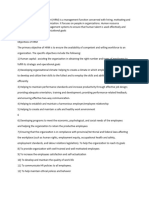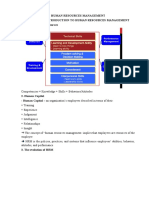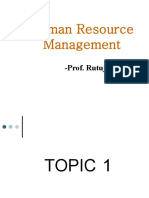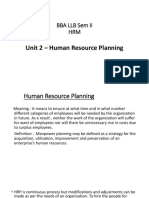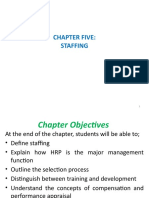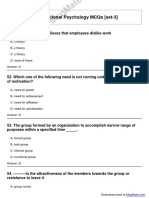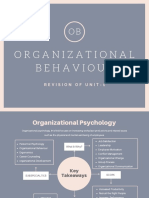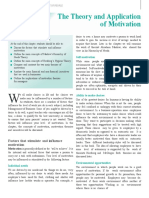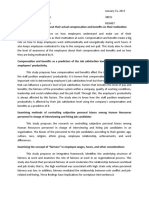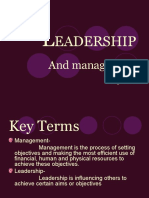0% found this document useful (0 votes)
7 views12 pagesModule 1 Introduction To HRM
This module provides an overview of Human Resource Management (HRM), covering its definition, scope, importance, and evolution. Key functions of HRM include acquiring, developing, motivating, and retaining employees, along with job analysis, recruitment, training, performance appraisal, and compensation planning. The module emphasizes the critical role HRM plays in aligning workforce capabilities with organizational goals and adapting to changes in the business environment.
Uploaded by
lestergadayan8Copyright
© © All Rights Reserved
We take content rights seriously. If you suspect this is your content, claim it here.
Available Formats
Download as PDF, TXT or read online on Scribd
0% found this document useful (0 votes)
7 views12 pagesModule 1 Introduction To HRM
This module provides an overview of Human Resource Management (HRM), covering its definition, scope, importance, and evolution. Key functions of HRM include acquiring, developing, motivating, and retaining employees, along with job analysis, recruitment, training, performance appraisal, and compensation planning. The module emphasizes the critical role HRM plays in aligning workforce capabilities with organizational goals and adapting to changes in the business environment.
Uploaded by
lestergadayan8Copyright
© © All Rights Reserved
We take content rights seriously. If you suspect this is your content, claim it here.
Available Formats
Download as PDF, TXT or read online on Scribd
/ 12
